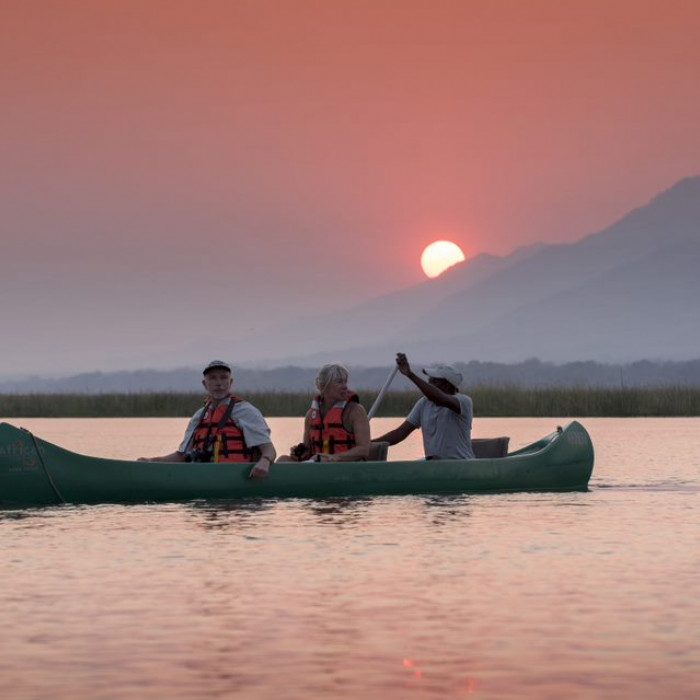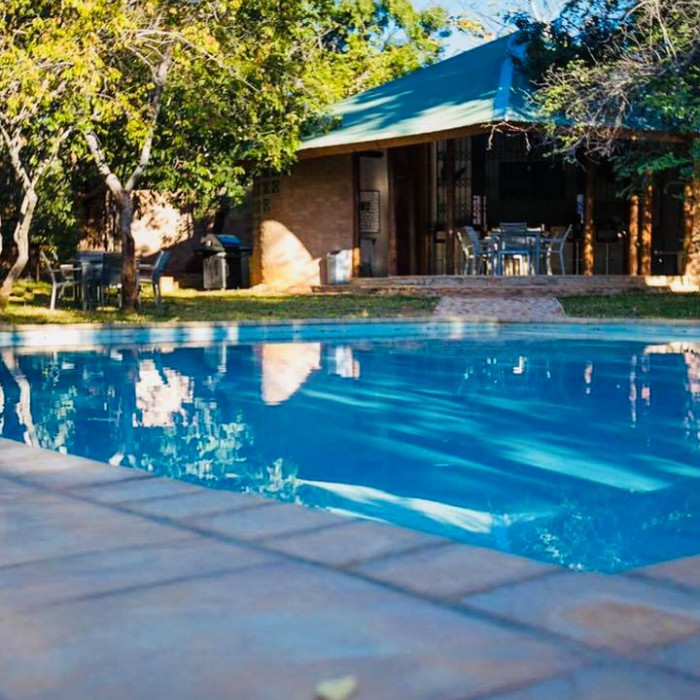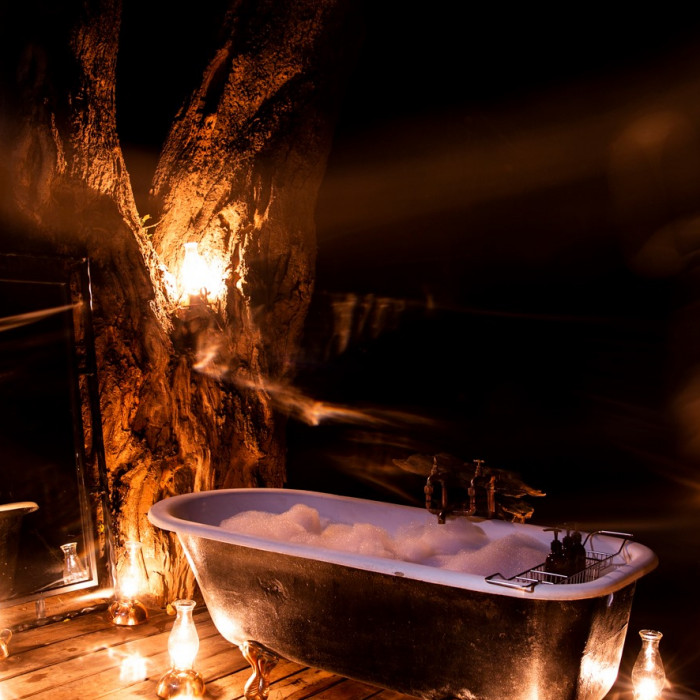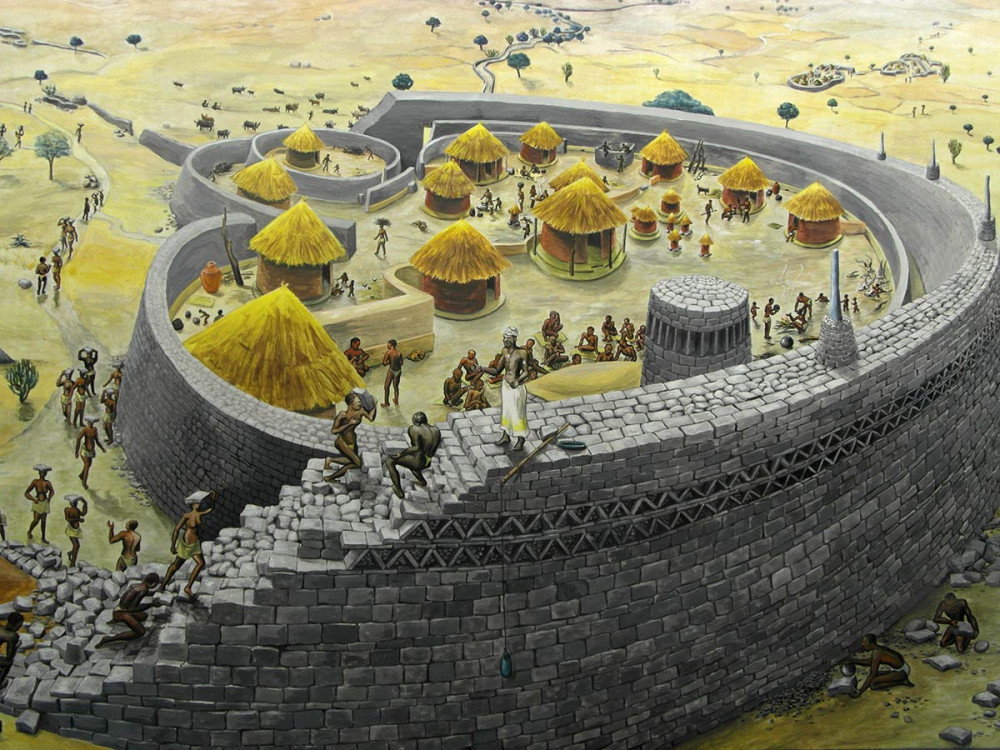
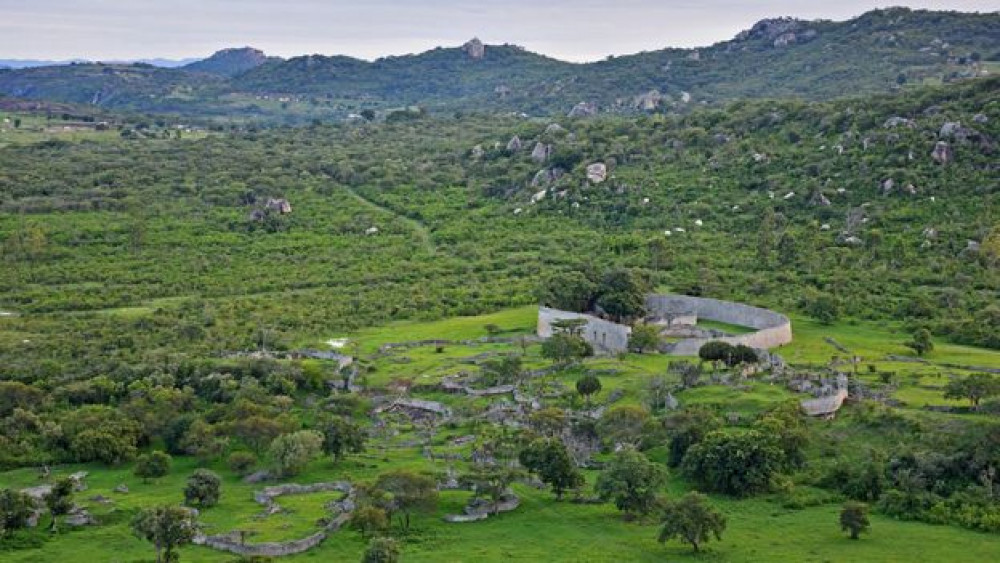
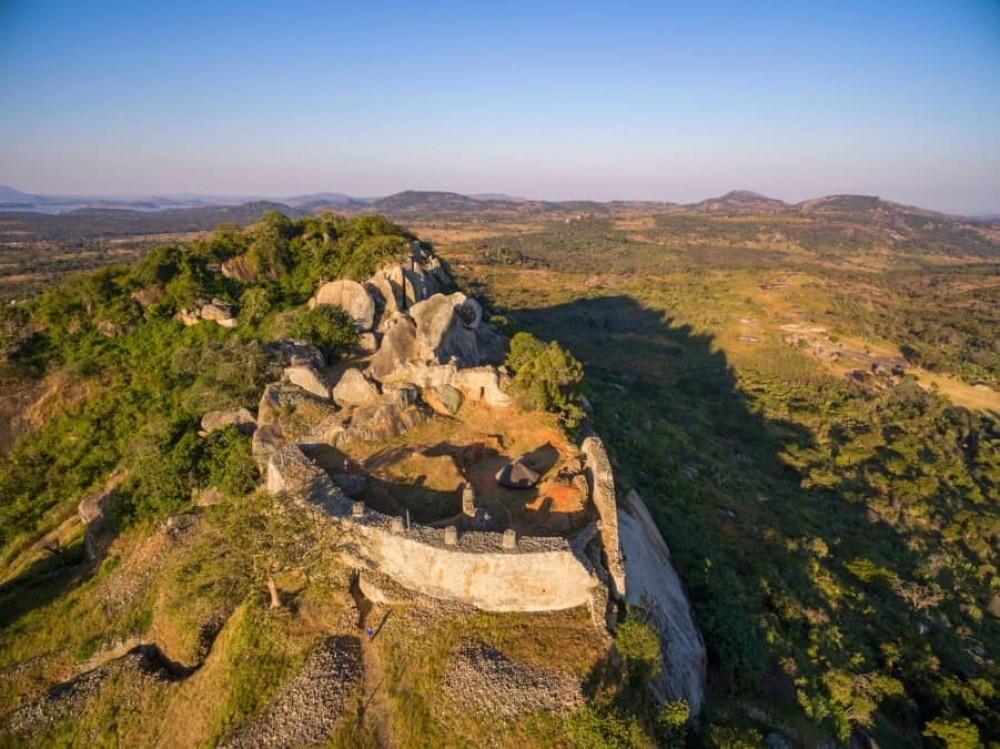
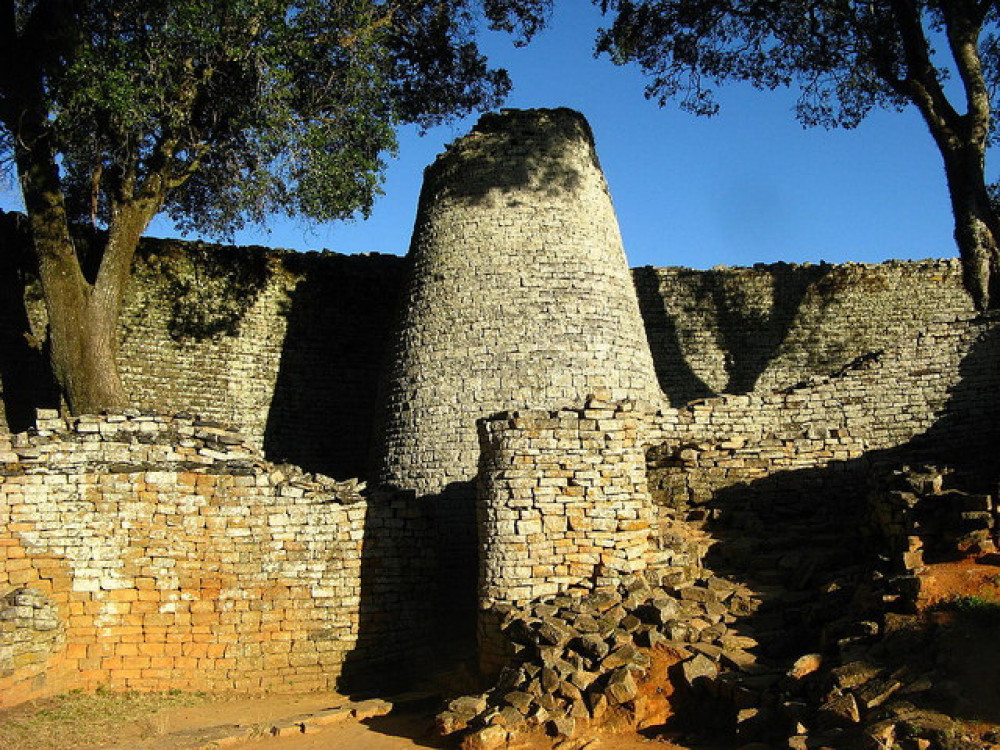
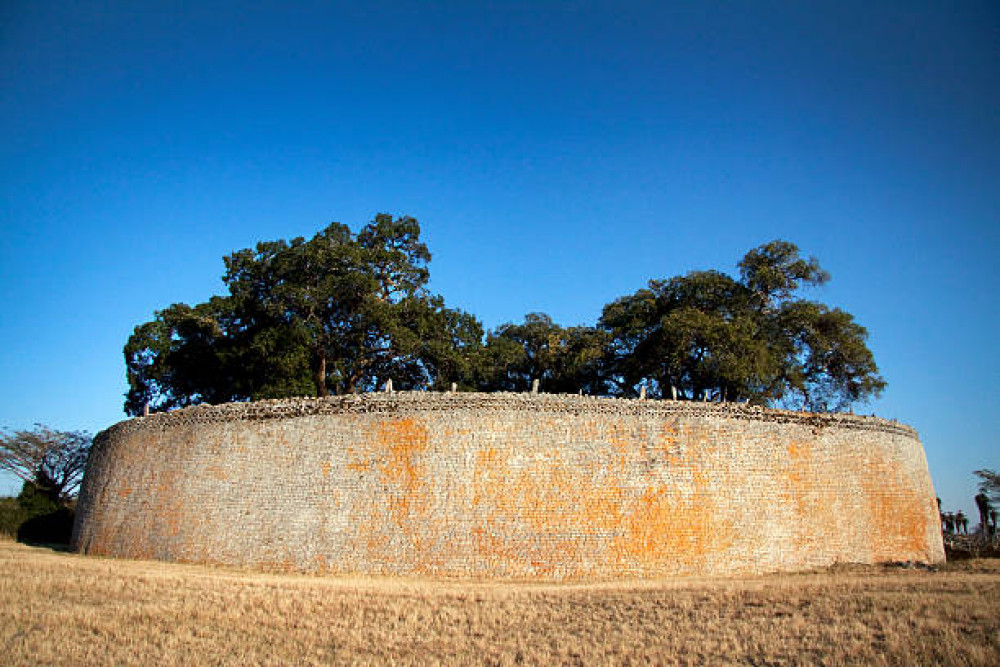
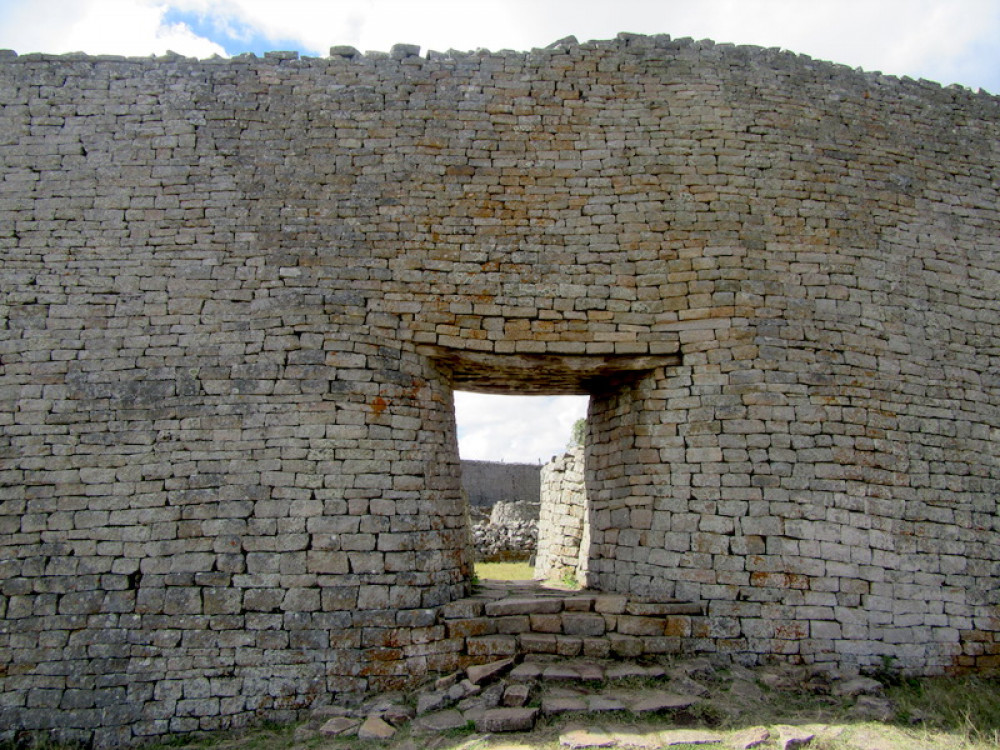
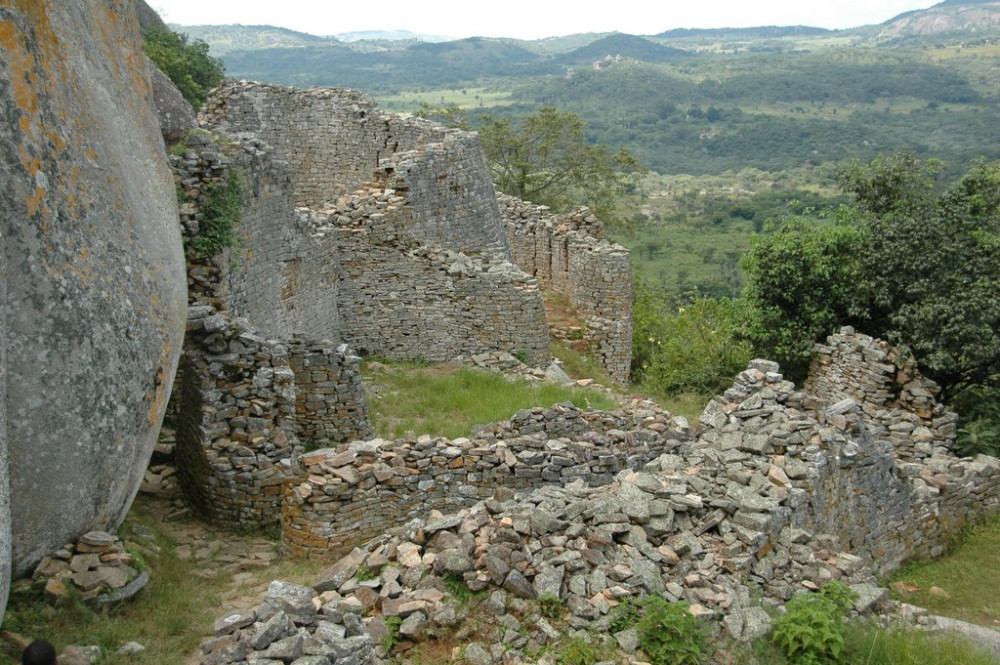









Great Zimbabwe
Great Zimbabwe is believed to have served as a royal palace for the local monarch. As such, it would have been used as the seat of political power. Among the edifice's most prominent features were its walls, some of which are eleven metres high. They were constructed without mortar (dry stone). Eventually, the city was abandoned and fell into ruin.
The earliest document mentioning the Great Zimbabwe ruins was in 1531 by Vicente Pegado, captain of the Portuguese garrison of Sofala on the coast of modern-day Mozambique, who recorded it as Symbaoe. The first confirmed visits by Europeans were in the late 19th century, with investigations of the site starting in 1871. Some later studies of the monument were controversial, as the white government of Rhodesia pressured archaeologists to deny its construction by black Africans. Great Zimbabwe has since been adopted as a national monument by the Zimbabwean government, and the modern independent state was named after it.
The word great distinguishes the site from the many smaller ruins, now known as "zimbabwes", spread across the Zimbabwe Highveld. There are 200 such sites in southern Africa, such as Bumbusi in Zimbabwe and Manyikeni in Mozambique, with monumental, mortarless walls.
Amenities
0.0
Out of 5.0

